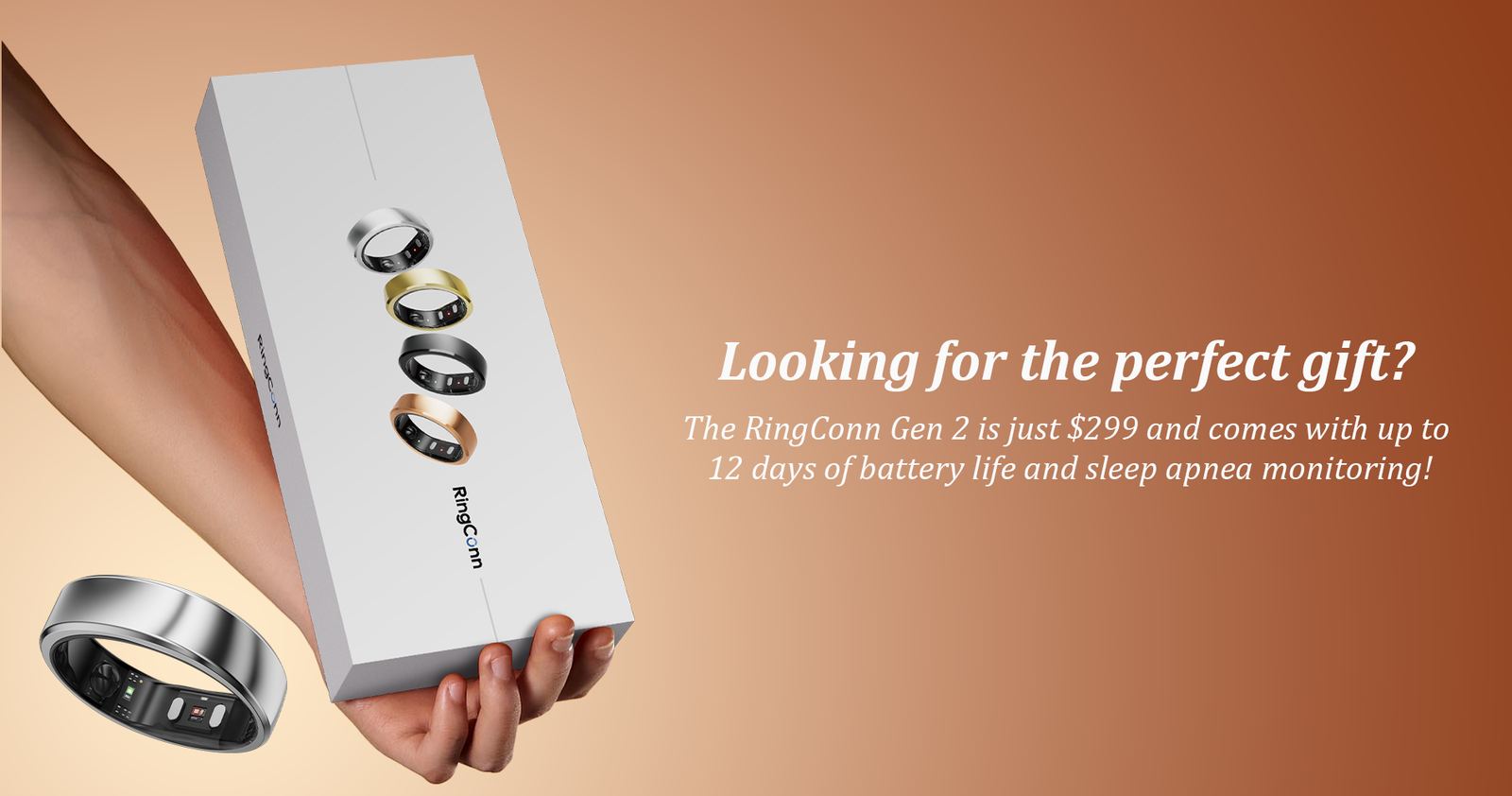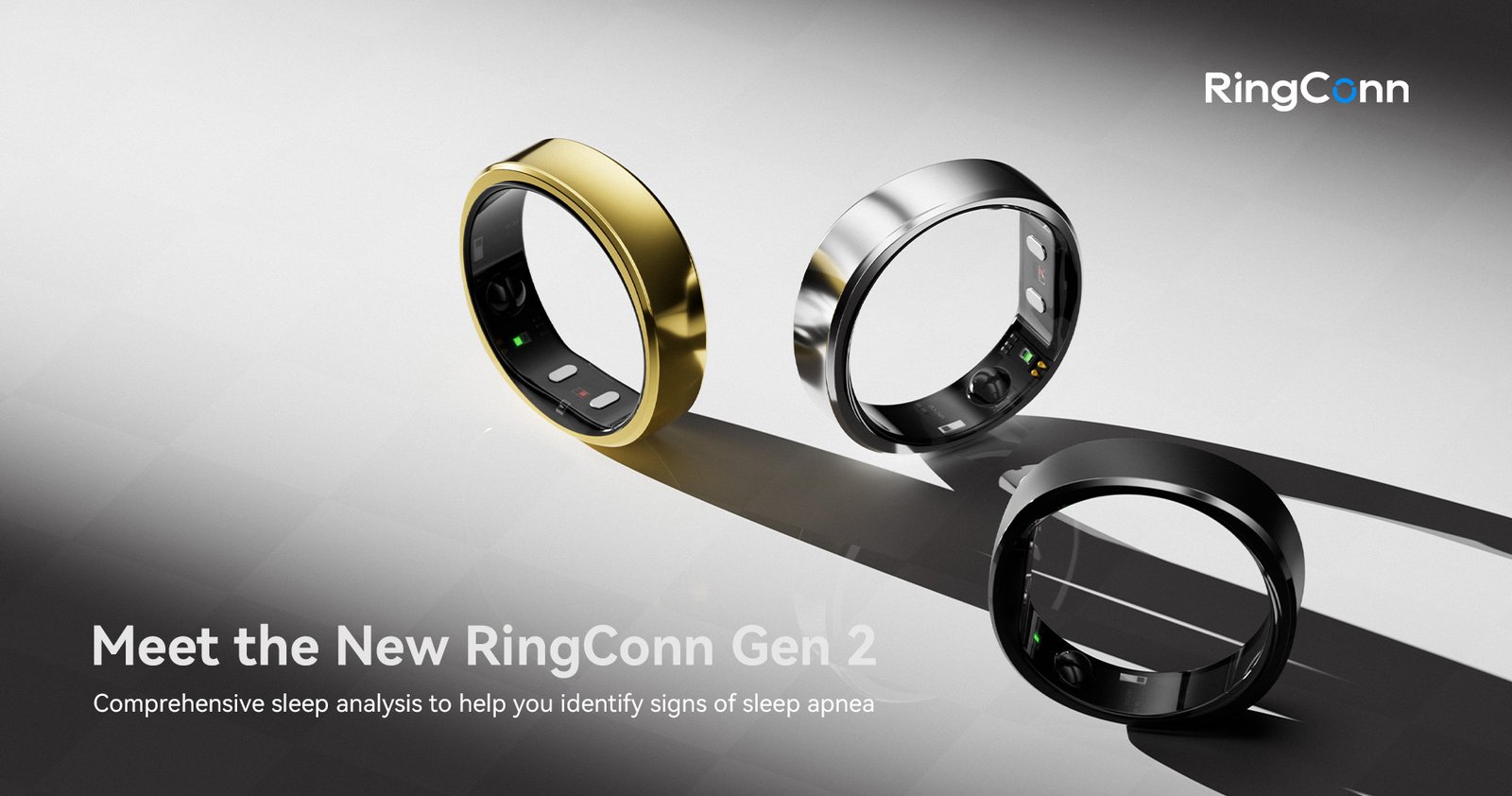Wendy, a freelance marketing consultant, sat at her desk promptly at 9 a.m., fully prepared to tackle her most pressing task of the day: crafting proposals for new clients. With her laptop open and a warm cup of coffee in hand, inspiration struck. A brilliant addition to her proposal surfaced in her mind, filling her with enthusiasm. But just as she was about to capture the idea, her phone buzzed.
At first, Wendy resisted. She scribbled a few words, determined to stay on course. But another notification followed, and curiosity got the better of her. What if it was urgent? She reached for her phone, only to be greeted by a trivial celebrity tweet. While exiting the app, she noticed a text from her mother and quickly replied with a heart emoji. Then, a notification from LinkedIn caught her eye. Perhaps it was a business opportunity? Instead, it was a recruiter casually browsing her profile. By the time Wendy looked back at her work, 20 minutes had slipped away, and her initial spark of creativity had vanished.
Many of us find ourselves trapped in similar cycles of distraction, pulled away by the siren call of external triggers: those pings, dings, alerts, and even human interruptions that constantly vie for our attention.
Unlike internal triggers, such as wandering thoughts or emotional discomfort, external triggers originate from our environment. While they can sometimes offer valuable information, they often derail our focus, leading us away from the tasks we intend to complete. The key to managing them lies in a deceptively simple yet powerful question: “Is this trigger serving me, or am I serving it?”
To understand the gravity of this question, it’s essential to recognize how external triggers hijack our attention. The rise of push notifications can be traced back to 2003 when BlackBerry introduced push email, promising users instant awareness of incoming messages. What began as a convenience quickly morphed into a constant stream of demands on our attention, with Apple and Google embedding notifications into their mobile ecosystems. As David Pierce noted in Wired magazine, marketers found a goldmine: notifications that mimic the urgency of personal messages, compelling us to check them almost reflexively.
This habitual checking comes at a significant cost. Studies reveal that when we’re interrupted mid-task, we attempt to compensate by working faster, but this increased pace often leads to heightened stress and frustration. Over time, our brains adapt to this cycle, forming a stimulus-response loop where each buzz or ding triggers an automatic urge to check our devices.
Even attempts to resist these triggers aren’t foolproof. Research published in the Journal of Experimental Psychology: Human Perception and Performance indicates that merely receiving a notification, even without responding, disrupts concentration as much as engaging with it. Further studies from the University of Texas at Austin suggest that just having a smartphone within sight demands cognitive resources to suppress the temptation to check it, effectively draining mental energy needed for the task at hand.
The solution isn’t to vilify all external triggers. In fact, some can be beneficial. For example, brief motivational text messages have proven effective in helping individuals quit smoking, as demonstrated by a comprehensive meta-study spanning ten countries. When harnessed thoughtfully, certain triggers can support positive behavior change and goal achievement.
The challenge lies in discerning which triggers contribute to our goals and which lead us astray. This is where the pivotal question shines. By consistently asking, “Is this trigger serving me, or am I serving it?” we can quickly assess the value of each interruption.
For Wendy, adopting this mindset became transformative. Instead of allowing every notification to dictate her attention, she began filtering them based on their relevance to her immediate objectives. She disabled non-essential notifications, relocated her phone out of sight during focused work sessions, and reserved specific times to check messages and updates.
Viewed through this lens, external triggers become tools rather than tyrants. When they align with our planned activities, they foster traction, propelling us forward. When they divert us, they devolve into distractions that hinder our progress.
Ultimately, mastering our attention hinges on our ability to manage these triggers with intention. The simple act of questioning their purpose empowers us to reclaim control over our time and productivity.
By making this question a habit, we take a crucial step toward becoming what author Nir Eyal calls “Indistractable” – individuals who choose their focus and chart their own course, unshaken by the constant noise of modern life.





